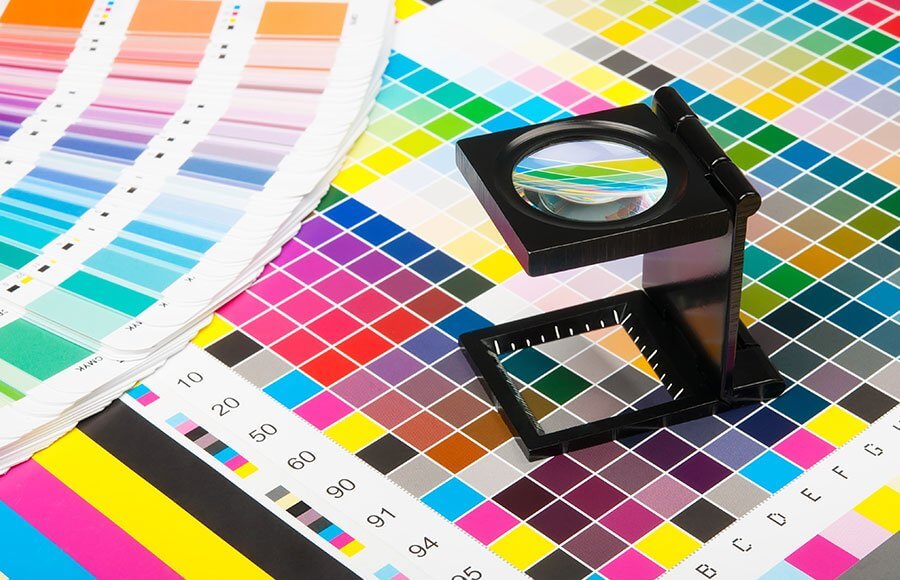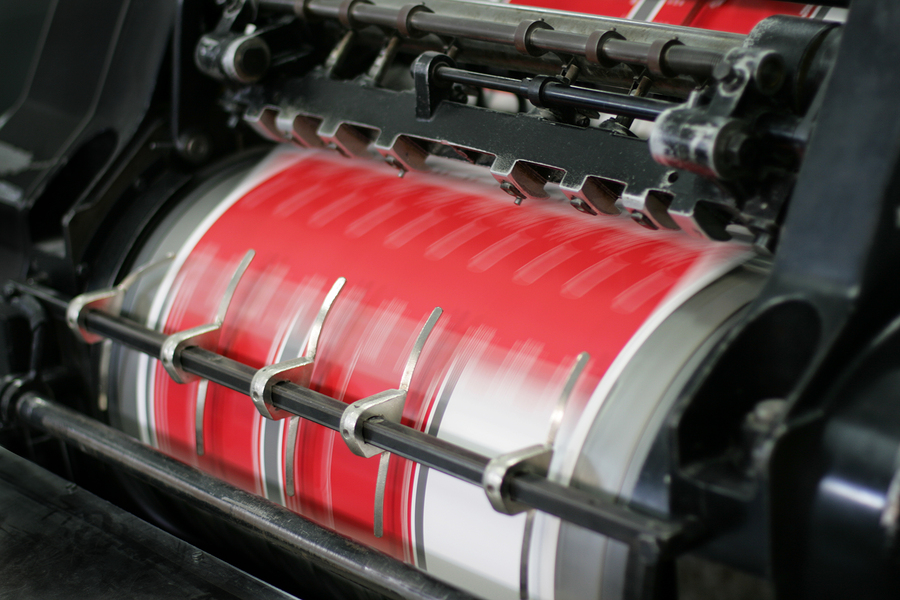A Comprehensive Guide to Understanding Litho Printing Techniques
The world of litho printing, a strategy originating from the late 18th century, is a remarkable mix of history, art, technology and science. This comprehensive guide will certainly unwind the complexities of this printing technique, from the structure of litho inks to the difficulties faced in modern-day applications. As we venture into the details of lithography, the importance of automation and sustainability in ensuring its future significance comes to be significantly clear. Remain with us as we journey into the fascinating realm of litho printing.
The Historic Development of Litho Printing
The historical trajectory of litho printing, a crucial technology in the realm of communication, is a captivating story of human resourcefulness. Birthed in the late 18th century by Alois Senefelder, this strategy was originally a cost-effective method of releasing theatrical jobs. Lithography, originated from the Greek words for 'stone' and 'to write', made use of a smooth rock surface to move images onto paper. The procedure evolved with the arrival of the rotary press, which significantly enhanced efficiency (litho printing). In the 20th century, the innovation of offset lithography transformed the market, permitting automation of top notch prints. Each stage of litho printing's advancement showcases mankind's unrelenting search of effectiveness and top quality in visual interaction.
Translating the Scientific Research Behind Litho Printing Inks
Moving on in the expedition of litho printing techniques, the emphasis now changes to the scientific research behind litho printing inks. The structure of these inks, their drying out procedure, and color mixing methods form the backbone of this complex art kind. Recognizing these components is critical to grasping the craft and accomplishing the desired print outcomes.
Make-up of Litho Inks
In lithographic printing, the essential role of litho inks can not be overstated. The structure of litho inks differs relying on its function, but typically, they contain 2 main elements - pigments and vehicles. Pigments, the color-providing elements, are finely ground bits put on hold in the lorry, a fluid that carries the pigment onto the printing surface. The lorry is a complicated mixture of resins, solvents, and oils, which influence the ink's drying out time, adhesion, and gloss. Additionally, various additives are existing to enhance particular residential properties like flow, drying, and resistance to environmental results. Each part plays an important part in the last print's quality, making the exact formulation of litho inks a detailed scientific research.
Ink Drying Process
From the composition of litho inks, focus turns to the fascinating procedure of ink drying. 2 key techniques are utilized in litho printing: oxidative drying and absorption. Absorption, on the various other hand, entails the ink leaking right into the paper fibers, which is a much faster process yet can lead to much less vibrant shades.
Color Combining Techniques
While the drying out process plays a vital function in litho printing, the science of color blending techniques holds equivalent importance. This is an intricate procedure that involves the cautious blending of primary colors: cyan, magenta, and yellow, in differing proportions to attain a vast array of tones. The addition of black ink, referred to as 'essential', aids in regulating the intensity and depth of the colors. The science behind litho printing inks also thinks about the openness of the ink, which affects how shades overlay and mix. To achieve an effective shade mix, print professionals have to also comprehend the complexities of ink This Site habits, color theory, and the physical buildings of the substratum on which the ink is used.
The Art and Style Aspects in Litho Printing
Litho printing breathes life into art and style through its distinct aspects. The procedure involves creating a photo on a lithographic sedimentary rock plate or steel plate with a smooth surface area. The photo is then printed onto a medium, generally paper, by transferring the ink from the plate. What sets litho publishing apart is its capacity to reproduce elaborate styles with high fidelity, making the outcome practically similar to the original artwork. This is achieved with using different line methods such as hatching, stippling, and cross-hatching, which enable an array of tonal results. Moreover, litho printing suits a range of shades, enabling artists to create vibrant and lively prints. This mix of accuracy and adaptability makes litho printing a favored option for numerous artists and developers.
Modern Applications of Litho Printing Strategies
Litho printing strategies have found considerable usage in the modern-day business field. Its influence and importance continue to expand with the advent of brand-new innovations and technologies in the field. This section will certainly check out these modern applications and the transformative function they play in the printing sector.
Commercial Litho Printing Utilizes
Litho printing remains an essential component of the commercial sector. High-volume printing jobs, such as the production of books, newspapers, and packaging, depend on litho printing for its capacity to deliver premium photo high quality and expense effectiveness. Litho printing also supplies a wide shade see this range, exceptional to that of digital printing.
Advancements in Litho Printing
Pushing the boundaries of conventional techniques, modern-day improvements have actually sustained a host of advancements in litho printing. These advancements have not only improved the quality and efficiency of litho prints yet additionally broadened its application range. One prominent development is electronic litho printing, which combines the merits of electronic modern technology with litho's premium result. This hybrid design provides faster arrangement times, reduced waste, and enables on-demand printing. One more notable advancement is the intro of eco pleasant inks. These inks, made from vegetable or soy-based remedies, have considerably minimized the sector's ecological effect. litho printing. In addition, the development of advanced plate innovation has streamlined the printing process, causing sharper images and improved color integrity. These advancements highlight the enduring importance of litho printing in the modern world.
Exploring the Refine of Litho Printing: Action by Step

Obstacles and Solutions in Contemporary Litho Printing

Regardless of the precision and practice that litho printing proudly maintains, it is not without its set of modern obstacles. The most common problems include the high first setup expense, trouble in printing variable data, and environmental problems as a result of chemical use. Solutions are emerging as modern technology advances. Digital litho printing permits cost-efficient short runs and simple customization, resolving the issue of variable data. Environmentally-friendly inks and more secure plate-making processes mitigate ecological worries. Additionally, improvements in automation have reduced labor costs, further democratizing the lithography procedure. Hence, while there are obstacles, the litho printing market is proactively adjusting content to fulfill them head-on, guaranteeing its significance in the future.
Conclusion
To conclude, litho printing, with its abundant background and clinical ins and outs, holds a considerable place in the print industry. As the guide reveals, it's a synthesis of art and innovation, with modern advancements guaranteeing its relevance. Nonetheless, the sector faces challenges that call for ingenious options, with a concentrate on automation and sustainability. The future of litho printing pivots on its capacity to adjust to these altering demands, affirming its long-lasting value in an advancing market.
